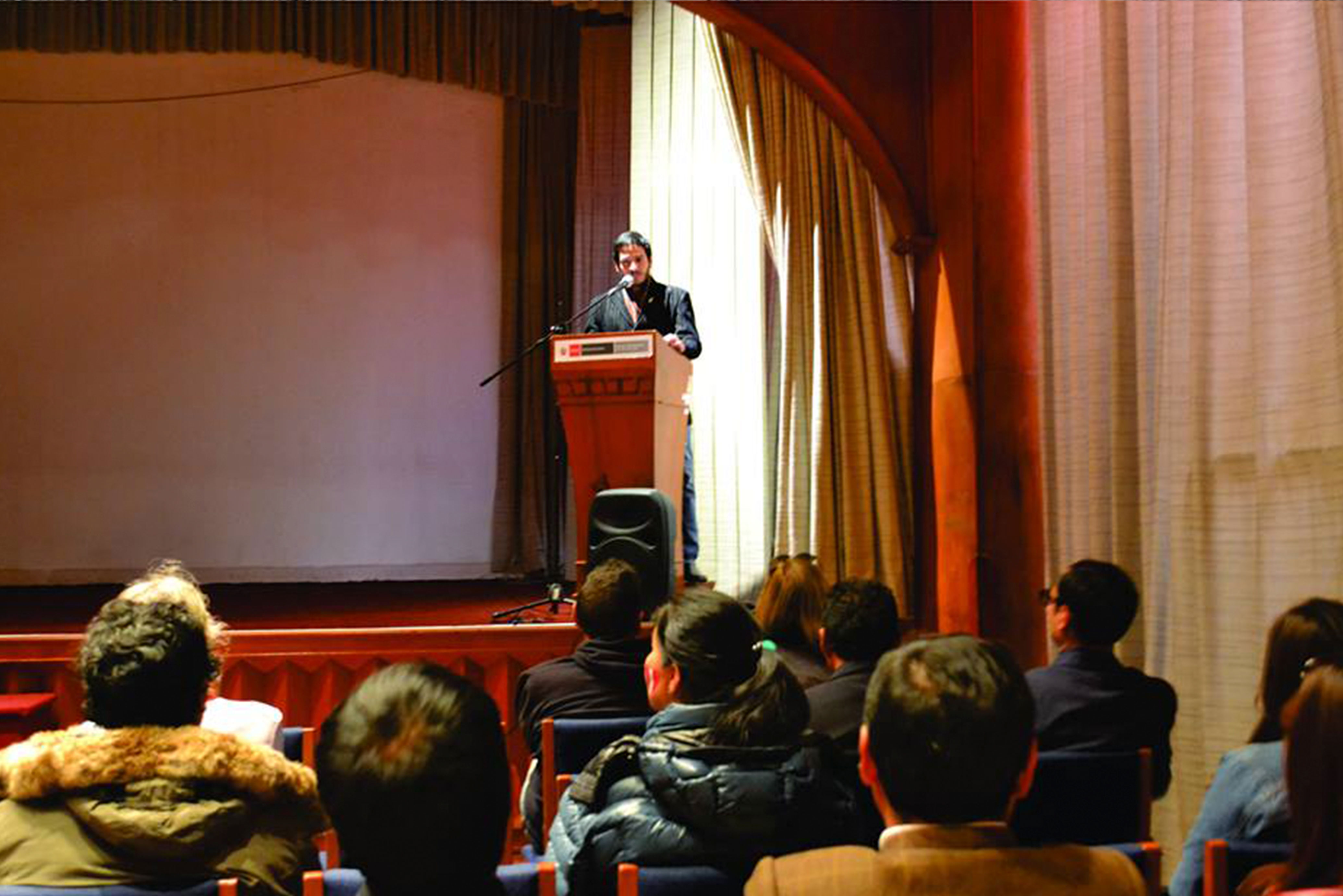VTEMPORARY EXHIBITION "ALTARES"
Shows that presents the ALTAR as an important element in the spirituality of the human being, puts to the appreciation of the public artistic installations of great beauty and unpublished conceptual proposals, made by Peruvian artists.
Organized by the Decentralized Directorate of Culture of Cusco through the Functional Area of Museums and Collective ALTARES
From 03 to 16 November 2017
In temporary room of the Regional Historical Museum of Cusco - Garcilaso House
From 08:00 to 17:00 hours
Opening ceremony of the exhibition on November 3 at 10:00 a.m.














